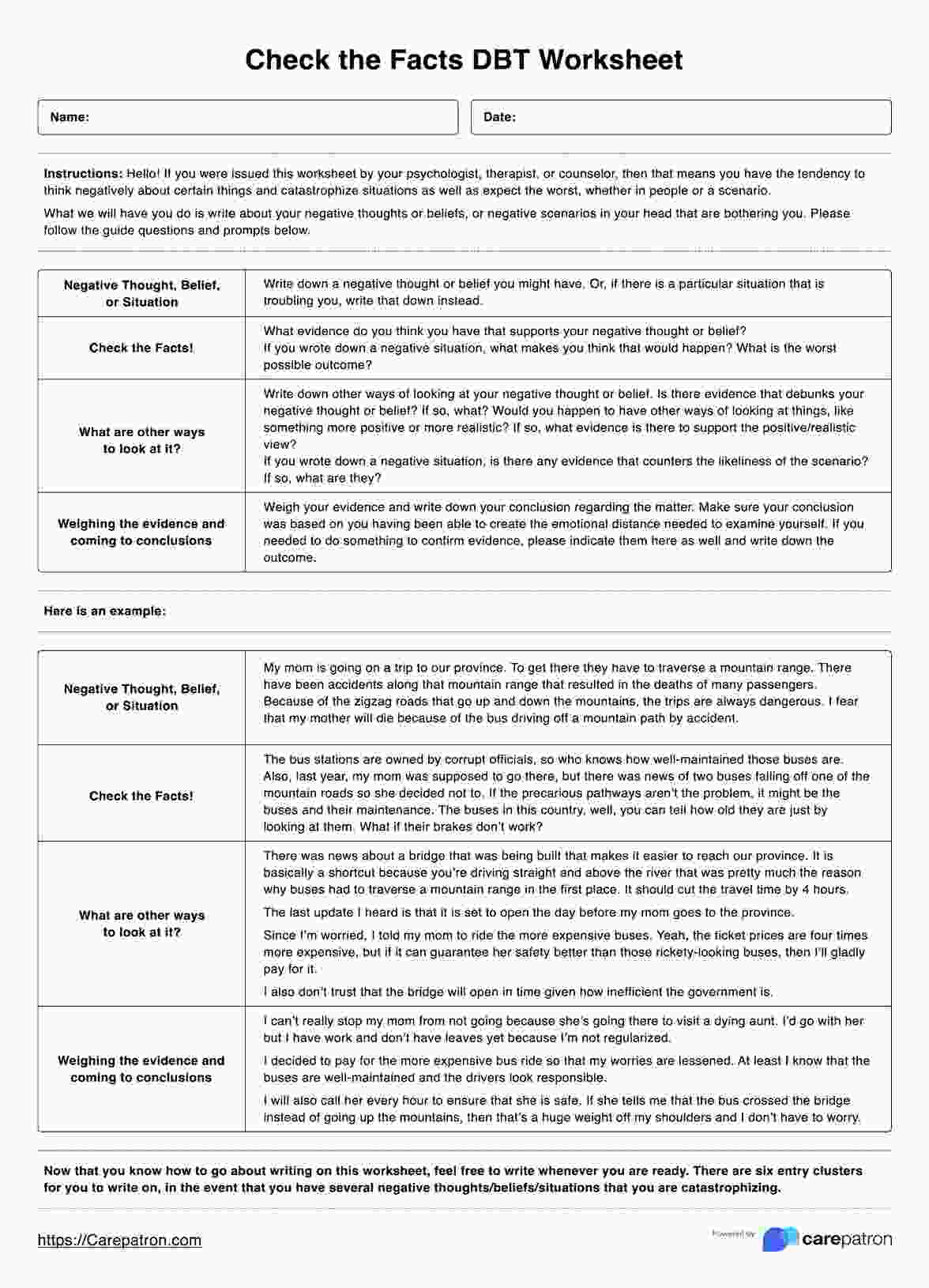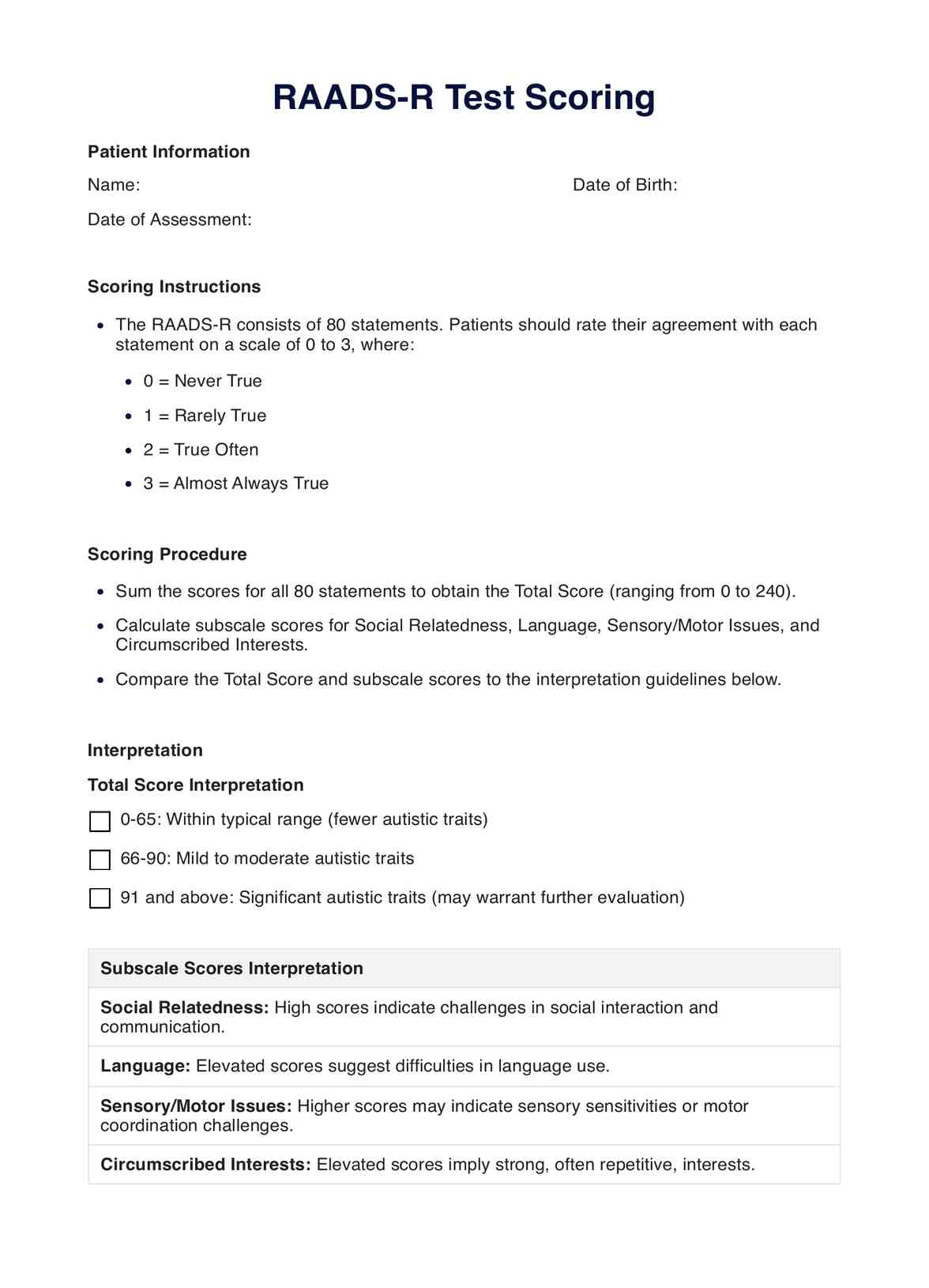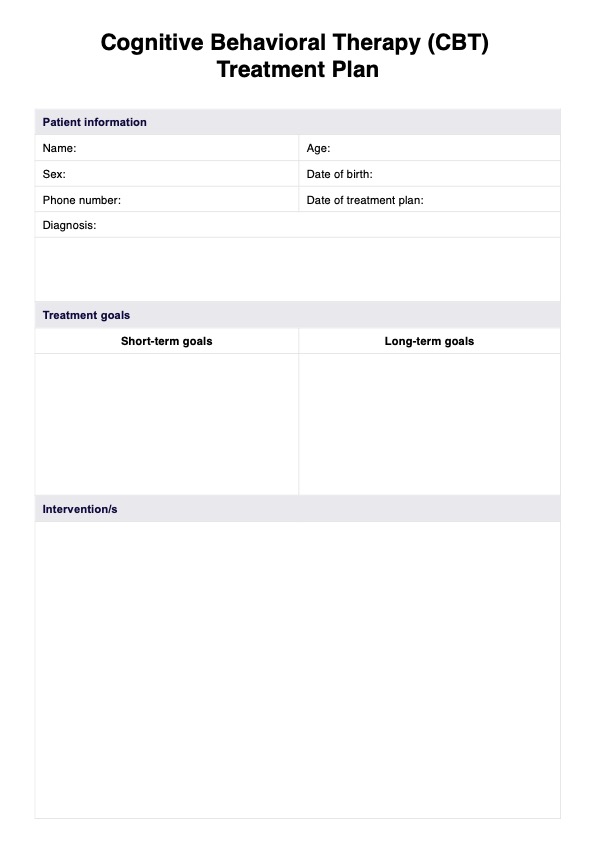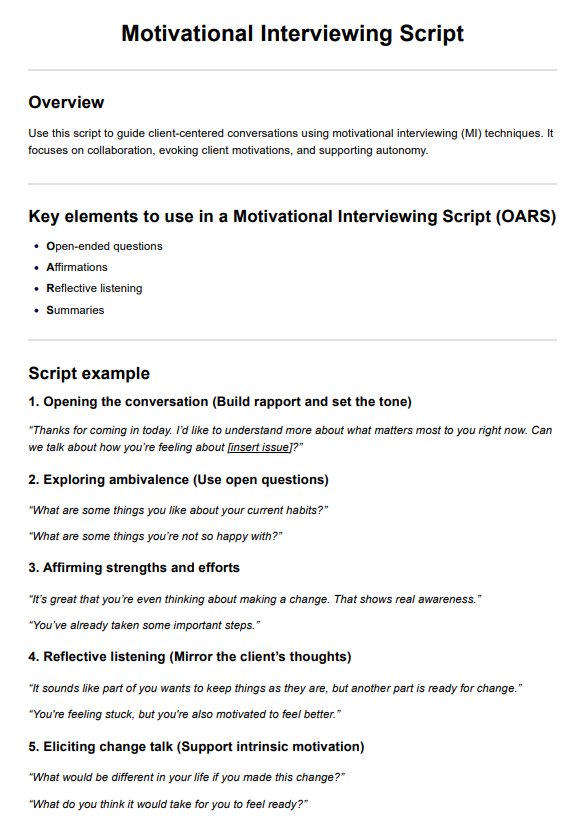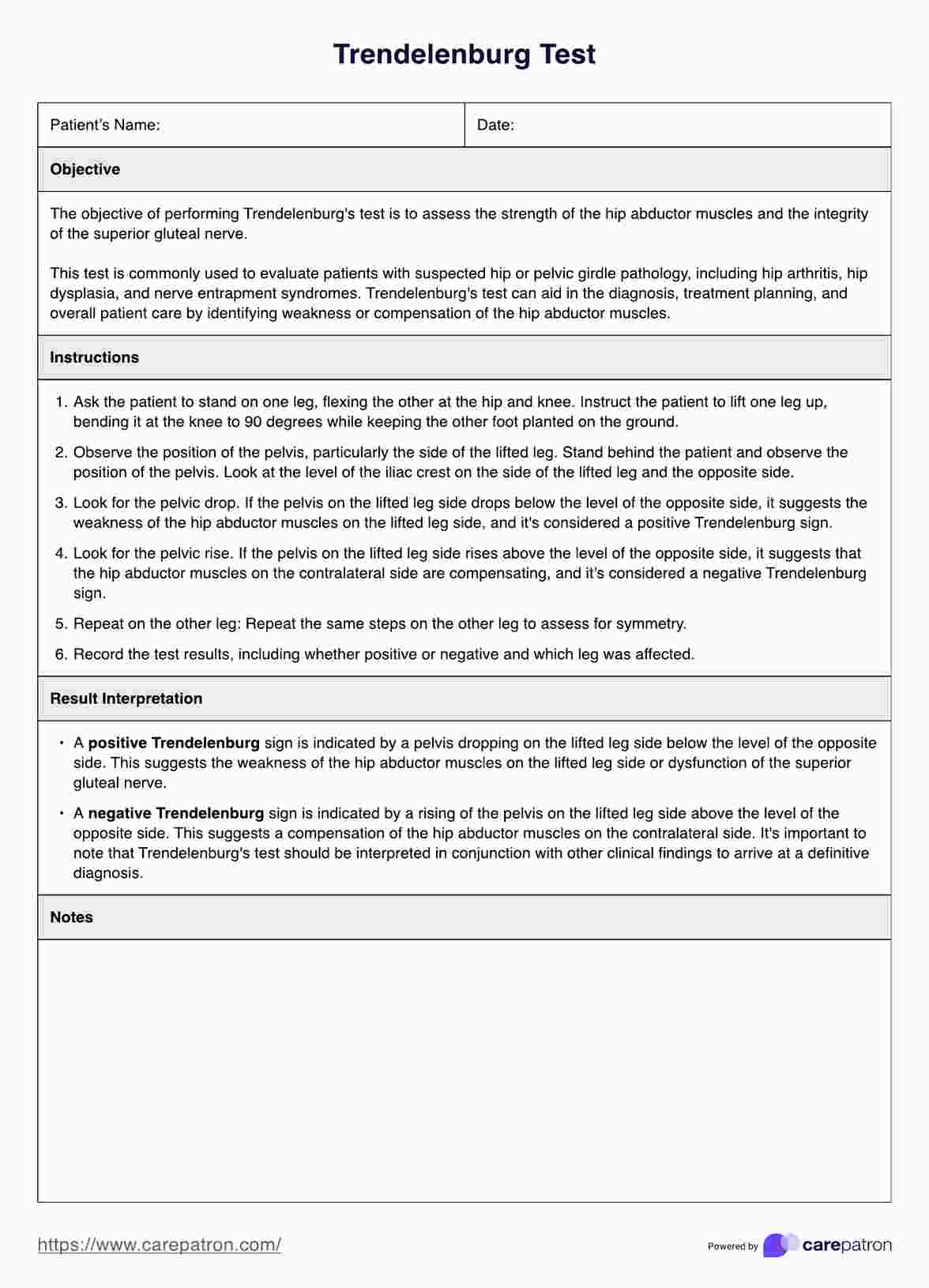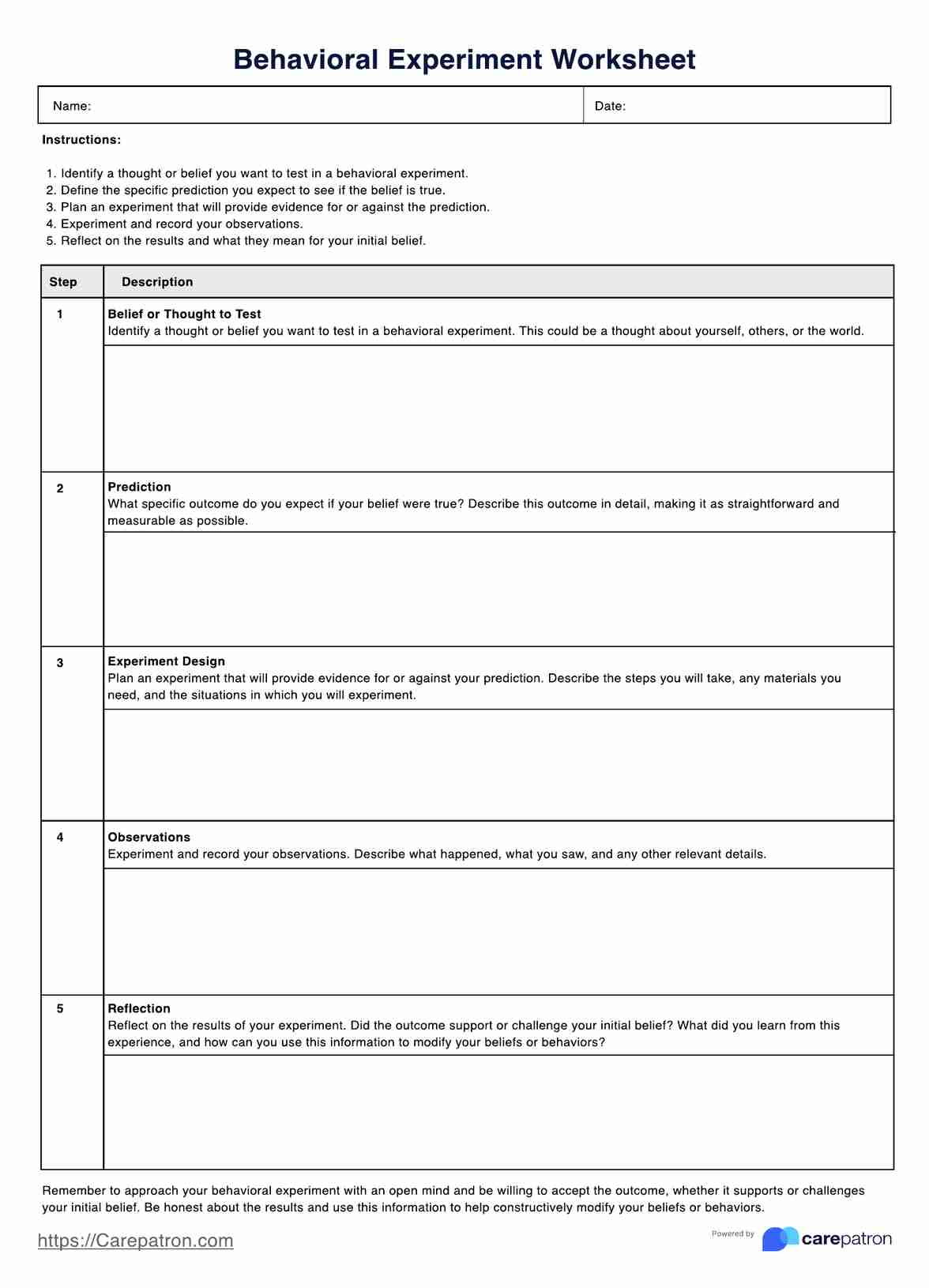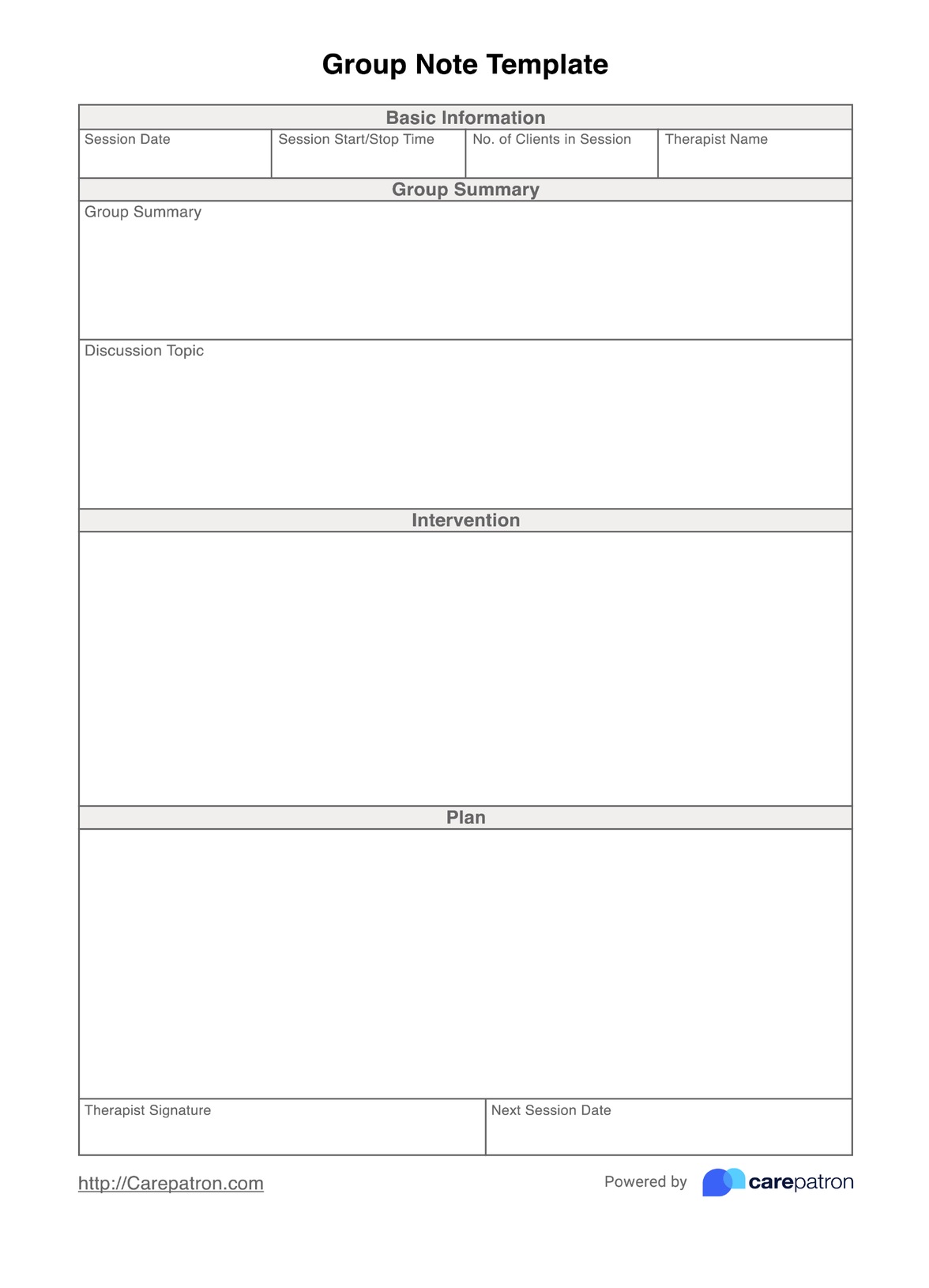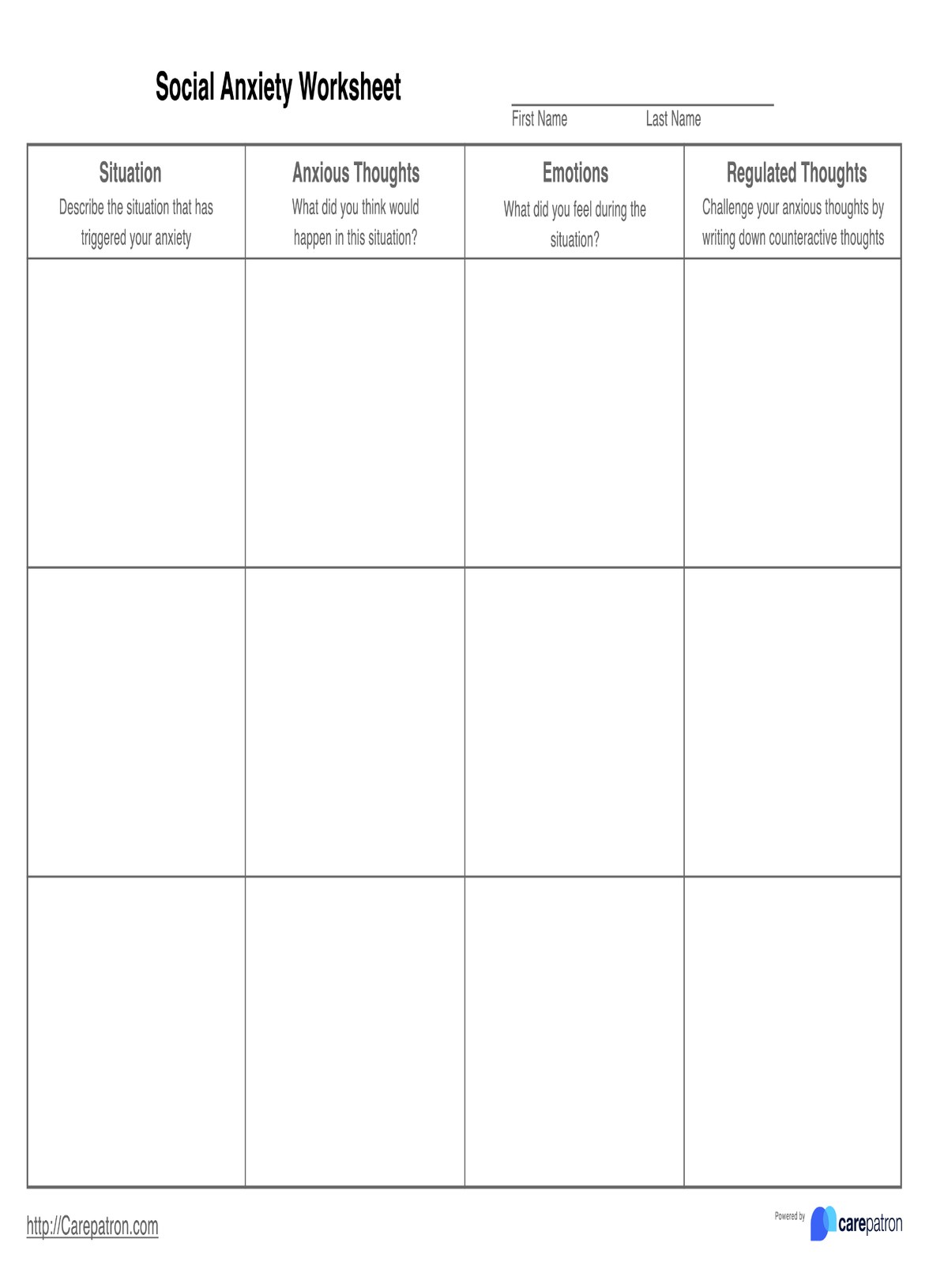Revised Children's Anxiety and Depression Scale (RCADS)
Assess symptoms of anxiety disorders and depression with the Revised Children’s Anxiety and Depression Scale (RCADS). Download the template here.


What is the Revised Children's Anxiety and Depression Scale (RCADS)?
The is a self-report questionnaire used by practitioners to assess children and adolescents for depression and anxiety symptoms. Specifically, the symptoms it’s meant to assess the symptoms for the specific mental health anxiety and depression disorders:
- Obsessive-compulsive disorder (OCD)
- Separation anxiety disorder (SAD)
- Generalized anxiety disorder (GAD)
- Major depressive disorder (MDD)
- Social phobia
- Panic disorder
To identify if the client has symptoms of a specific disorder, the practitioner will check the scores of the questions that refer to them. For example, 10 items mention symptoms of MDD, and 9 questions mention symptoms of panic disorder.
The questions that refer to specific disorders are as follows:
- Obsessive-compulsive disorders (OCD): 10, 16, 23, 31, 42, 44
- Separation Anxiety disorder (SAD): 5,9,17,18,33,45,46
- Generalized Anxiety disorder (GAD): 1, 13, 22, 27, 35, 37
- Major Depressive disorder (MDD): 2, 6, 11, 15, 19, 21, 25, 29, 40, 47
- Social phobia: 4, 7, 8, 12, 20, 30, 32, 38, 43
- Panic disorder: 3, 14, 24, 26, 28, 34, 36, 39, 41
There are multiple versions of the RCADS, including the RCADS-25 and RCADS-47. The primary distinction between the two lies in the length of the questionnaire, which is determined by the number of questions the client or their parent must answer. Additionally, other variations within the RCADS-25 and RCADS-47 are specifically designed for either the child or the parent to complete.
It is important to note that when the client is asked to respond to either the RCADS-25 child version or the RCADS-47 child version, they should have the ability to read and comprehend the content of the questionnaire. However, a parent or caregiver may assist if they encounter difficulties.
The test also comes in multiple languages. Specifically, 18 languages for RCADS-47 and 5 languages for RCADS-25.
Looking for other relevant resources? Check out the video below:
Revised Children's Anxiety and Depression Scale (RCADS) Template
Revised Children's Anxiety and Depression Scale (RCADS) Example
How to use the Revised Children's Anxiety and Depression Scale (RCADS):
Obtain a Copy
It’s recommended that you head to Child F.I.R.S.T’s official website for a printable Revised Children’s Anxiety and Depression Scale (RCADS), especially if you’re looking for a questionnaire in a different language.
Explain the Questionnaire
Before you give your young client a copy of the questionnaire, it’s best to explain how to answer the questionnaire and clarify any questions regarding the content. If a carer is around to help the client answer the test, you may explain it to them too.
Answer the Questionnaire
Once the client understands, you may provide them with a copy of the questionnaire. Ensure that they can take as much time as they need and that you’re around in case they have any further clarifications.
Score and Interpret
Scoring is done right after the patient completes the questionnaire. For your ease, it’s best if you use the provided scoring and interpretation tool provided by the creator since there are several factors you must consider, such as gender and grade.
Proceed with the Next Steps
If your client scores high on any of the questions pertaining to a particular disorder, you may proceed to further testing for a diagnosis and then a treatment plan.
When would you use this Revised Children's Anxiety and Depression Scale (RCADS)?
Practitioners in healthcare, especially mental health specialists such as psychiatrists, psychologists, and therapists, can use the Revised Children’s Anxiety and Depression Scale (RCADS) when they’re assessing children or adolescents who may have any of the mental health disorders the questionnaire refers to like panic disorder, social phobia, etc. This questionnaire comes in handy, especially if the child or adolescent exhibits any of the symptoms of depression or anxiety.
Aside from using it in clinical or healthcare settings, the questionnaire may also be used for educational purposes.
What are the benefits of using this Revised Children's Anxiety and Depression Scale (RCADS)?
Easy to Understand
The self-report questionnaire is easily understandable, particularly the child version. Additionally, the RCADS is available in multiple languages, making it more accessible and comprehensible for individuals whose native language is not English.
Quick Assessment Tool
Whether your client is answering the RCADS-25 or the RCADS-75, it’ll only take them a maximum of 15 minutes to complete. This is especially useful for children who don’t have a long attention span or when the practitioner needs to assess a group of children quickly.
Measurement-based Care
he Revised Children's Anxiety and Depression Scale (RCADS) questionnaire can also be downloaded and utilized to assess the effectiveness of a treatment plan or to make adjustments as needed. This practice, known as measurement-based care, involves making informed decisions based on the questionnaire results. It allows practitioners to optimize treatment and ensure the best outcomes for children experiencing anxiety and depression.
Valid and Reliable
Multiple studies and research support not only the usefulness of the questionnaire but also its internal consistency, test-retest reliability, and construct validity.
References
Chorpita, B. F., Yim, L., Moffitt, C., Umemoto, L. A., & Francis, S. E. (2000). Assessment of symptoms of DSM-IV anxiety and depression in children: a revised child anxiety and depression scale. Behaviour research and therapy, 38(8), 835–855. https://doi.org/10.1016/s0005-7967(99)00130-8
Chorpita, B. F., Moffitt, C. E., & Gray, J. (2005). Psychometric properties of the Revised Child Anxiety and Depression Scale in a clinical sample. Behaviour research and therapy, 43(3), 309–322. https://doi.org/10.1016/j.brat.2004.02.004
Ebesutani, C., Korathu-Larson, P., Nakamura, B. J., Higa-McMillan, C., & Chorpita, B. (2017). The Revised Child Anxiety and Depression Scale 25-Parent Version: Scale Development and Validation in a School-Based and Clinical Sample. Assessment, 24(6), 712–728. https://doi.org/10.1177/1073191115627012
Commonly asked questions
The Revised Children’s Anxiety and Depression Scale (RCADS), specifically the longer child-version, should take 10-15 to accomplish.
Interpretation involves a T-scale considering the child’s grade and gender. For instructions on scoring and interpreting, please refer to the paragraph in the first section.
Practitioners who recognize, diagnose, and/or treat depression and anxiety in children, such as general practitioners, child pediatricians, child psychiatrists, child psychologists, and counselors, can use the Revised Children’s Anxiety and Depression Scale (RCADS).


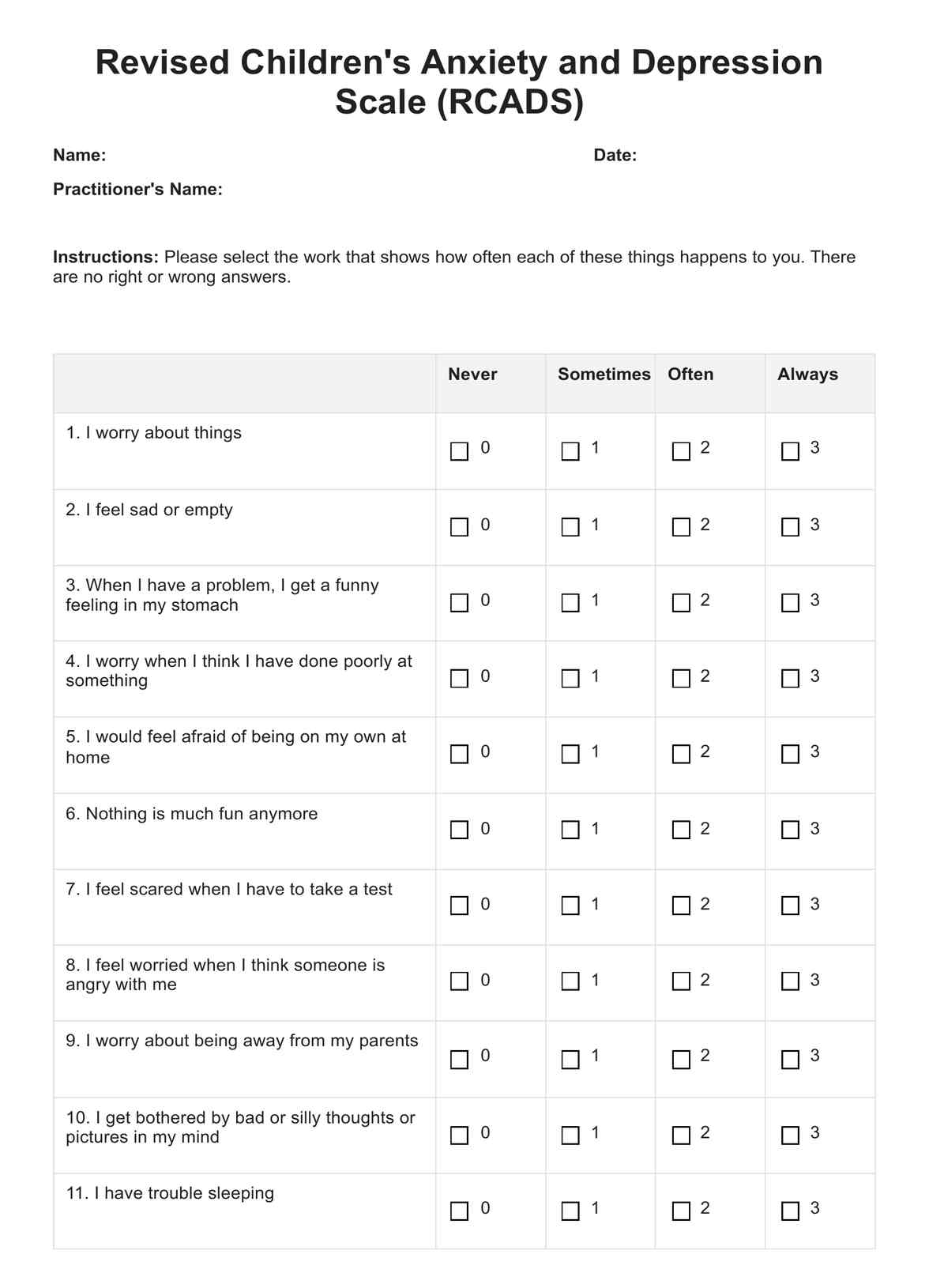
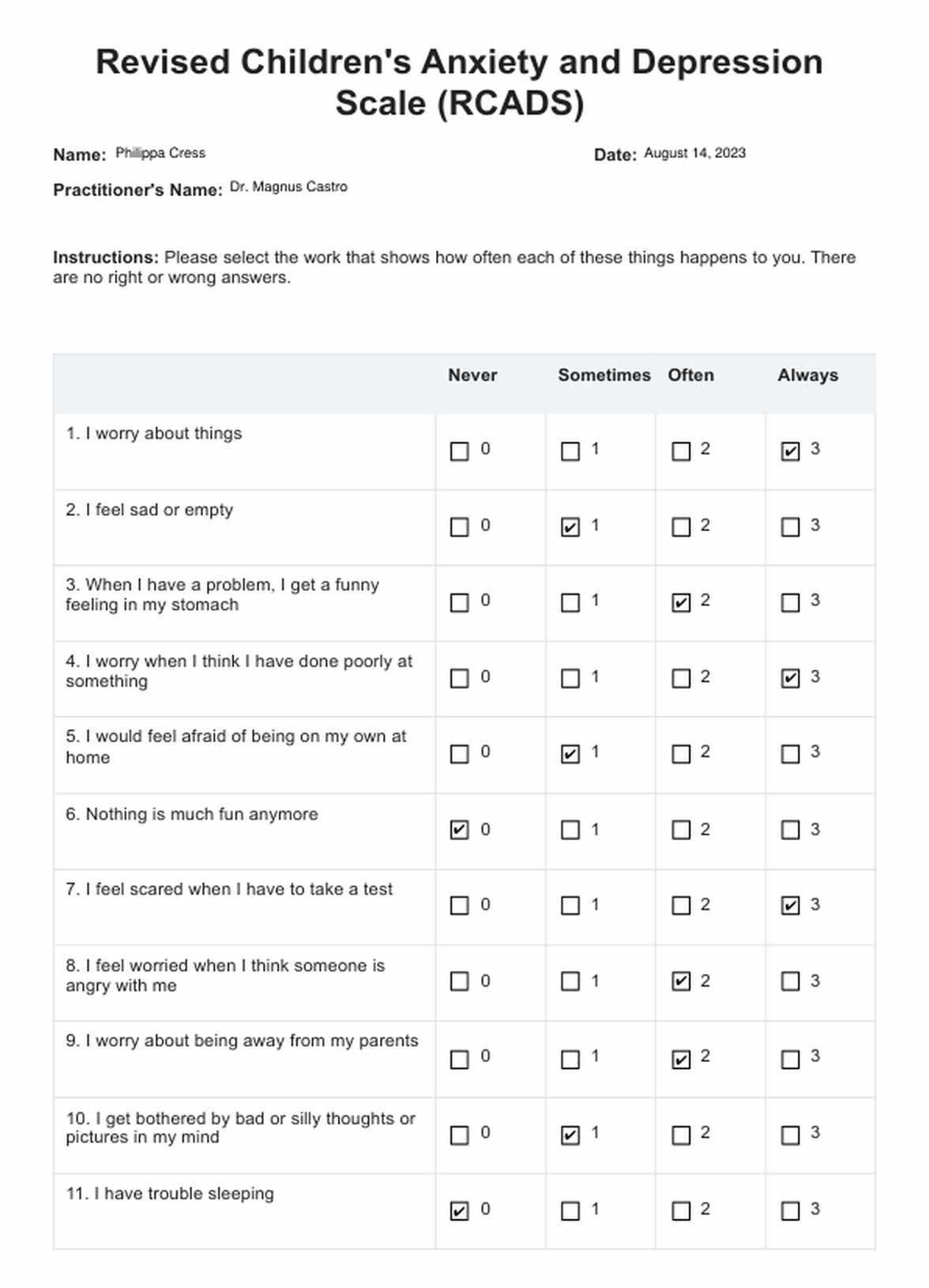













-template.jpg)























































































